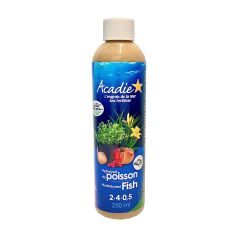Most of us have only one thing in mind: nice, fresh vegetables to eat, gorgeous flowers to pick and admire, and a beautiful, healthy green lawn. To accomplish these goals, some of you may wish be wanting to use a variety of fertilizers to promote plant growth. With such a wide range to choose from, which product is best for my needs? More importantly, what should I keep in mind when fertilizing?
Understand Fertilizers
Commercial fertilizers, which are necessary for plant growth, are for the most part made up of three components: nitrogen, phosphorus, and potassium. The amounts of these elements are expressed as percentages on the fertilizer packaging. For example, a fertilizer with “9-18-6” printed on its bag means that it contains 9% nitrogen, 18% phosphorus, and 6% potassium.
Each of the fertilizer’s components plays a specific role in plant growth.
- Nitrogen promotes vegetative growth and foliage development.
- Phosphorus supports root development and improves blooming.
- Potassium increases resistance to disease, pests, and drought, and promotes fruit development and maturation.
In addition to these three elements, fertilizers may also contain other minor elements that remedy certain deficiencies. These elements are listed on the product label.
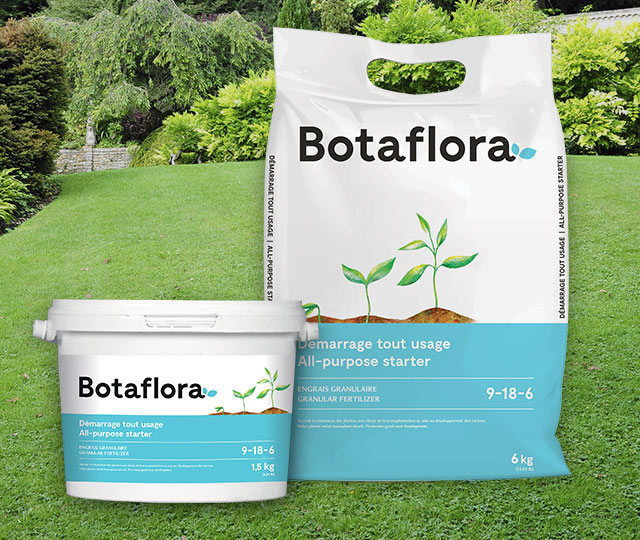

Granular Fertilizers
Easy to use, granular fertilizers are sold as dry granules that are ready to spread. These fertilizers only require a bit of handling and can be used on everything: lawns, gardens, flower beds, trees, and shrubs. The granules contain nutrients that dissolve when it rains or as you water.
Among these products, you’ll find Botaflora lawn fertilizers. Applied with a small or large spreader, the spring, summer, and fall formulas are perfect for growing a dense, lush, and green lawn that can withstand pests and droughts.
Other excellent products exist for your garden. Applied during planting season and again in mid-summer, 8-12-14 granular fertilizer will ensure you grow an abundant crop of robust, healthy plants.
For flowering plants, granular fertilizers are ideal for planting or potting, and 6-11-9 granular fertilizer makes sure they bloom abundantly. Granular fertilizers also include slow-release products. Able to feed your garden for up to three months, these fertilizers are perfect for gardeners who don’t want to spend the entire summer toiling way. Applied during planting, these fertilizers, including 14-14-14 and 12-4-8, are both efficient and easy to use.
Fertilizer spikes also fall into this category; nutrients are compressed to sticks that are inserted into the ground near the ends of growing roots. Needing only one application per year, these formulas are very useful for fertilizing evergreens and other trees.
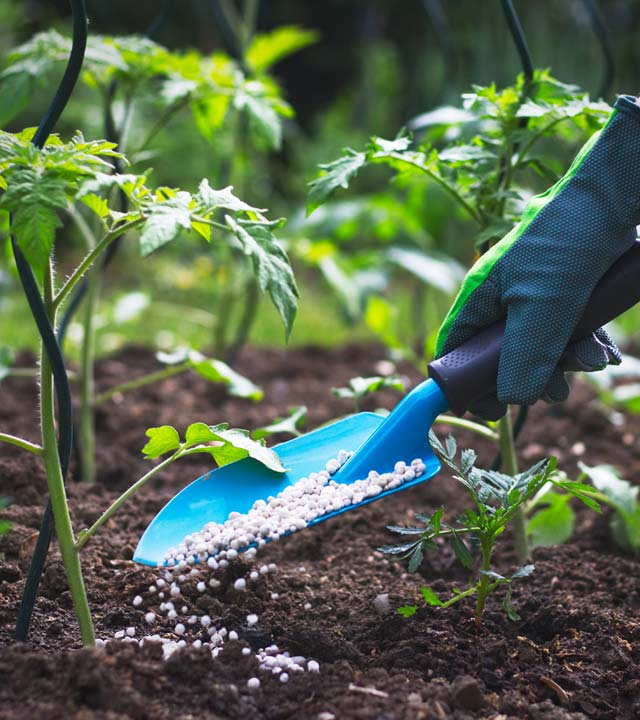
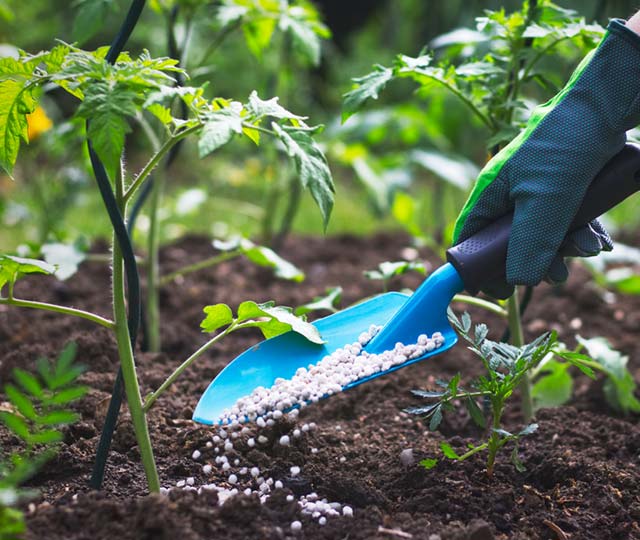
Environment friendly alternative: For those who want a more environmentally friendly alternative, dried granular hen manure is a good option of which several types are available.
Watersoluble Fertilizers
These inexpensive products must be dissolved in water before being applied to the base of the plants to be fertilized. Just mix a small amount of product with water, making sure to follow the instructions on the packaging.
A variety of formulas, all quickly absorbed by plants, are available for different uses. The most common is 20-20-20 all-purpose fertilizer. This formula is excellent for indoor plants, including flowers and vegetables.
The more specialized 10-52-10 starter fertilizer is great for transplanting seedlings to the garden or for potting an indoor plant. For your garden, we recommend a 15-15-30 fertilizer, which will help you grow plenty of fruits and vegetables. Finally, to enjoy your flower garden all summer long, opt for 15-30-15 fertilizer.
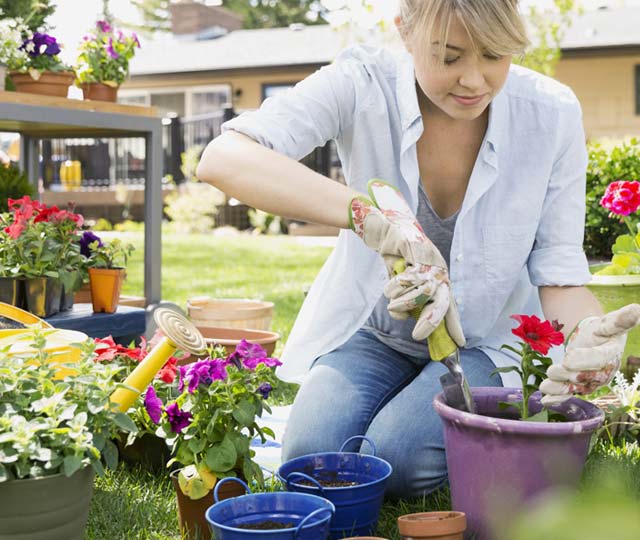

Liquid Fertilizers
Concentrated formulas that must also be diluted in water, liquid fertilizers are effective products that can be applied either using a watering can or a hose sprayer. This category includes liquid seaweed, a versatile fertilizer that can be used anywhere on the garden.
